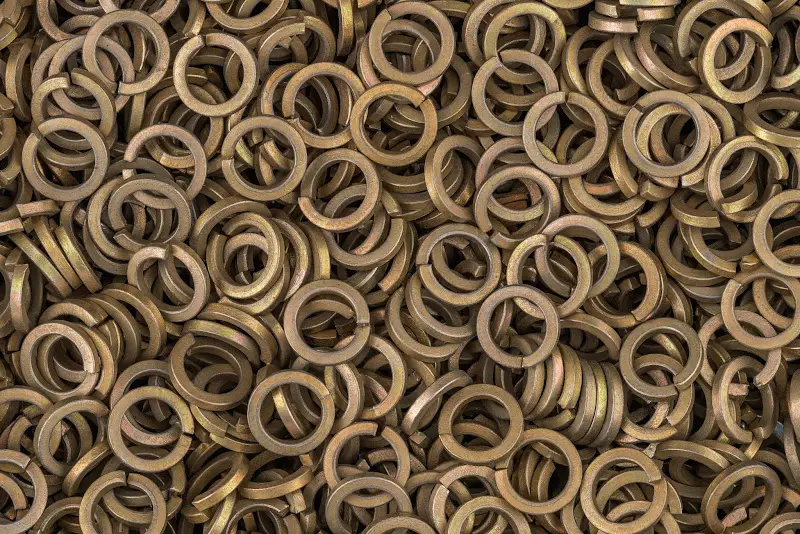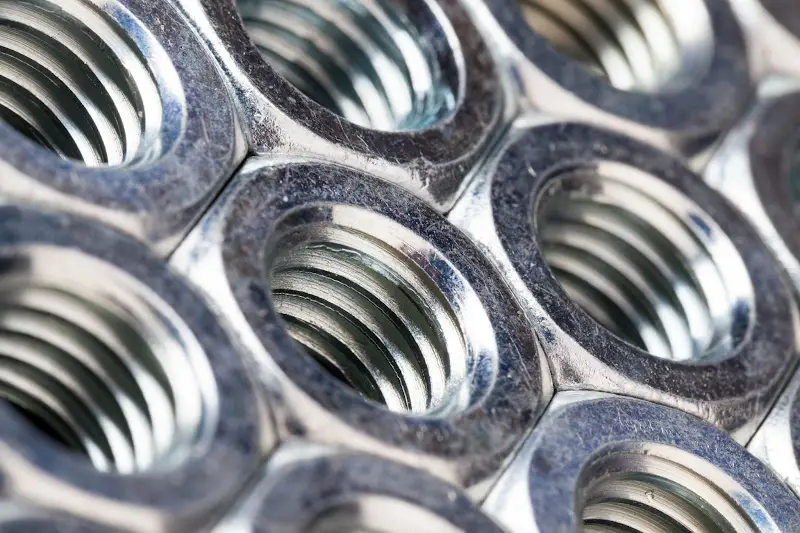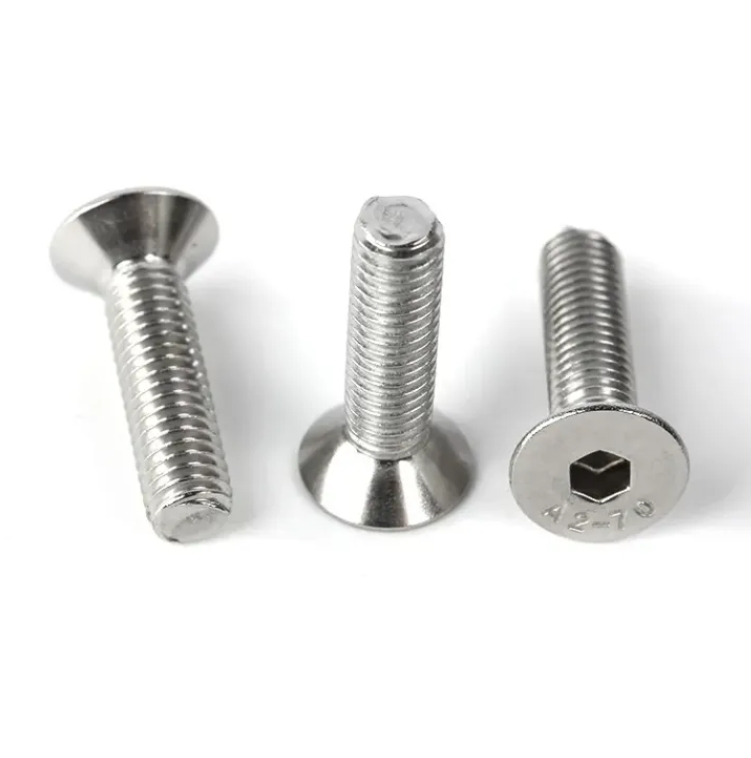03 Sep,2025
Copper vs Aluminum Crush Washers: Can I Use a Copper Crush Washer Instead of an Aluminum?
When comparing copper vs aluminum crush washers, the short answer is yes, copper washers can often be used in place of aluminum—but whether you should depends heavily on the application, the operating temperatures, and the sealing pressure involved. Both materials have advantages, and choosing the right washer is critical for ensuring leak-free performance in systems […]
02 Sep,2025
Understanding Different Types Of Bolts In Railway Systems: A Guide For Distributors
Railways may look simple from above, but beneath every track lies a hidden system of fasteners holding everything in place. Among them, the different types of bolts in railway—from fish bolts to dog bolts—play a quiet but critical role in keeping trains safe. For distributors, knowing these bolts isn’t just technical knowledge; it’s the difference […]
01 Sep,2025
Nylon Lock Nut vs Metal Lock Nuts: Difference in a Nutshell
When comparing nylon lock nuts vs metal lock nuts, the main difference lies in how they resist loosening: nylon lock nuts use a nylon insert for grip, while metal lock nuts rely on all-metal deformation for strength and vibration resistance. Both serve the same purpose of keeping fasteners secure, but their applications, durability, and performance […]
27 Aug,2025
From TS16949 to IATF 16949: How Fastener Manufacturers Can Rapidly Adapt to Certification Challenges
With the global automotive industry constantly raising the bar for quality, ts16949 certification has been replaced by the upgraded iatf 16949 certification. For automotive fastener suppliers, this change represents not only a compliance requirement but also an opportunity to strengthen quality systems and enhance market competitiveness. Understanding the difference between iatf 16949 and ts16949 is […]
17 Aug,2025
Asia & Europe Fastener Trade Shows: Key Gateways for International Business Expansion
Exhibitions like fastener trade show Taiwan, fastener trade show China, and fastener trade show Germany are key industry events where manufacturers, distributors, and customers showcase and source fastening solutions. Asia and Europe host some of the world’s largest fastener trade exhibitions, with Asian manufacturers noted for producing high-quality, inexpensive, and innovative products Hence, read on […]
17 Aug,2025
Wind Turbine Bolts: Essential Fasteners for Ensuring Wind Power Reliability
Wind turbine bolts are crucial components that serve as the foundation of a turbine’s durability by fastening main components, including blades, hubs, and towers. While their primary function is to secure components, they enable wind turbines to withstand extreme weather conditions, distribute forces evenly, and perform other vital functions. Therefore, wind power companies rely on […]
16 Aug,2025
Flange Nut vs. Lock Nut: Choosing the Right Anti-Vibration Fastener for Your Application
Are you having trouble deciding whether to use a flange or a lock nut on your vibration-prone equipment? Rest assured, many businesses struggle to know where to begin. As a trusted manufacturer of high-performance fasteners, we’ve seen this question a lot, and we understand how important it is to choose the right type because they […]
16 Aug,2025
European Automotive Market Eccentric Bolt Procurement Guide: Ensuring OEM Quality & Compliance
When it comes to purchasing eccentric bolts for Europe’s auto sector, balancing budget goals with achieving automotive manufacturer specification standards can be difficult. You’re not alone in this challenge; even seasonal procurement teams across industries face the same problem. So keep reading as we break down the basics of how to assess quality and purchase […]
16 Aug,2025
Eccentric Bolts in Automotive Wheel Alignment: Achieving Perfect Handling and Tire Lifespan
Eccentric bolt alignment refers to tire alignment bolts with an off-center shaft and usually used with an offset washer. Using this tool enhances vehicle stability, extends tire life, accurately aligns the wheels for optimal performance and much more. Read on since this article will go over the particular advantages of these fasteners, as well as […]








